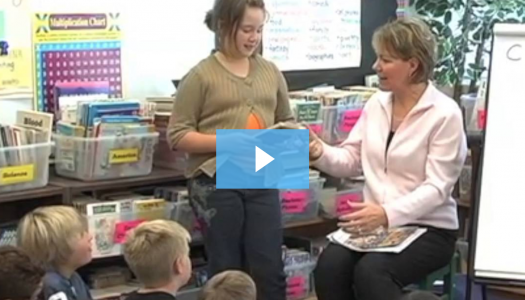What Strategy Do I Teach First?
Join Our Community
Access this resource now. Get up to three resources every month for free.
Choose from thousands of articles, lessons, guides, videos, and printables.
There is no perfect scope and teaching sequence that would ensure that all our children become proficient readers. If it were out there, everyone would be using it already. Our children come with a variety of strengths and weaknesses each year, and need instruction that is specifically tailored to their developement. The CAFE Menu is a resource that empowers us to deliver explicit and timely instruction. Following the CAFE Menu in a prescribed order is not an effective way to meet the needs of our students. Instead, we focus on the children in front of us and what they need in that moment. This honors where they are as learners and provides instruction more meaningfully than an exact scope and sequence ever could.
Guided by our observations of our students, we ask a few guiding questions to help us determine which strategy to teach first:
- Can they read the words? If not, we look to see what book they are reading and either replace it with a good-fit book or look for an accuracy strategy that will help them read the words.
- Do they understand what they read? If a child can read the words, we want to check for comprehension. If understanding is not clear, we focus on a comprehension strategy, usually beginning with Set a Purpose for Reading and Check for Understanding.
- Are they reading a good-fit book? We go through the books in a child's book box with them to see if they are truly a good fit. We use the acronym I-PICK to help.
I I choose a book and look it over, inside and out. P Purpose Why do I want to read it? I Interest Does it interest me? C Comprehend Do I understand what I am reading? K Know Do I know most of the words? -
Do they exhibit necessary reading behaviors? Children will not row as readers if they are not able to sustain stamina and spend time reading. If a child struggles to stay in one spot, get started right away, read the whole time, ignore distractions, or follow any of the desired reading behaviors we have built as a class, we start there. We set behavior goals one at a time until the child is successful.
Once the strategy is identified, we teach and monitor frequently to assess its appropriateness for the child. We find that some of the hardest work we do is getting started with a goal and strategy for a child. Once we get into the day-to-day work with them, understand them more, and reflect on our teaching, the subsequent strategies reveal themselves and we're able to make adjustments quite naturally.






